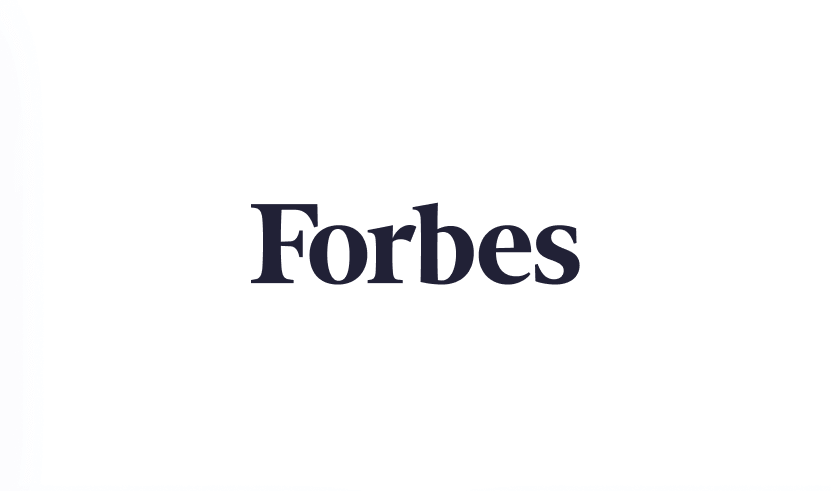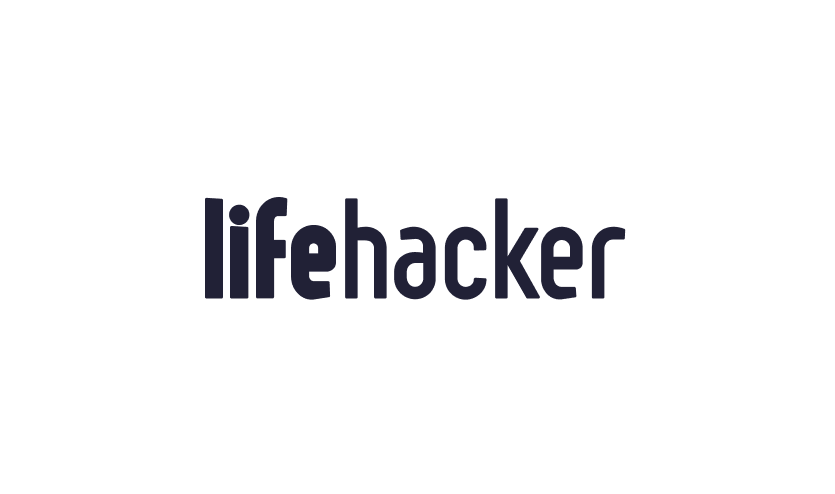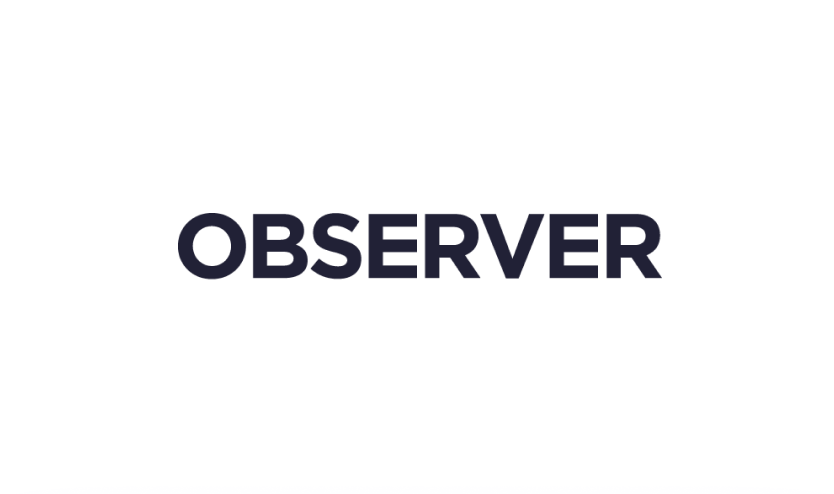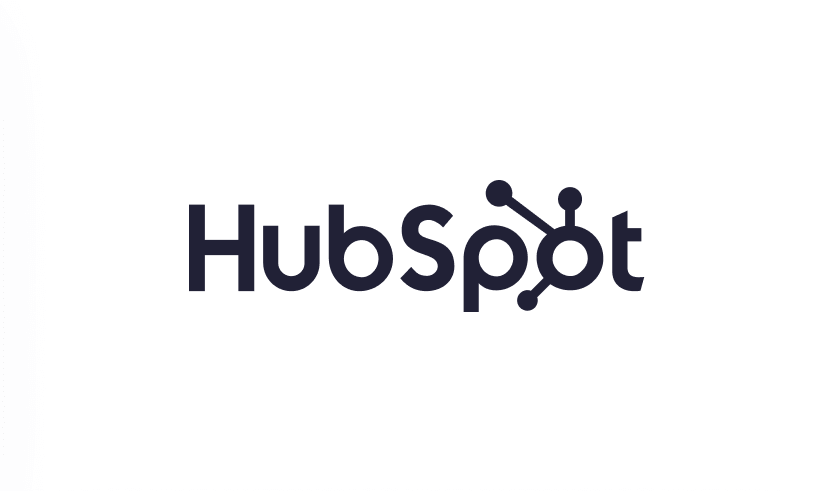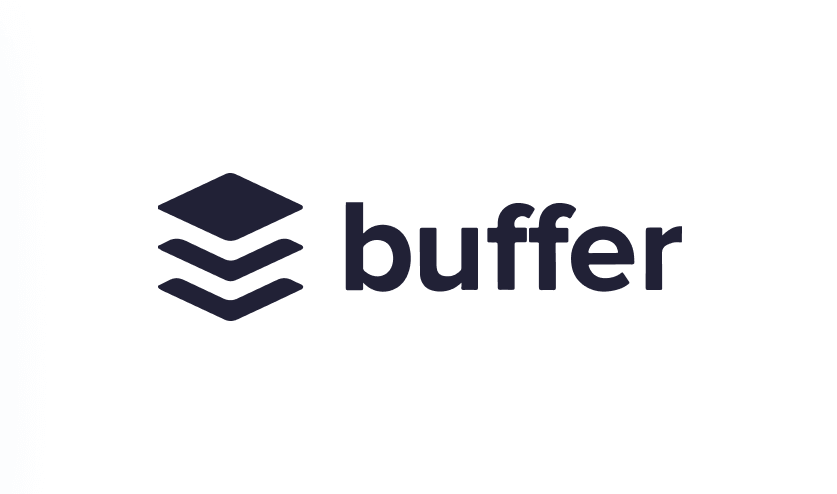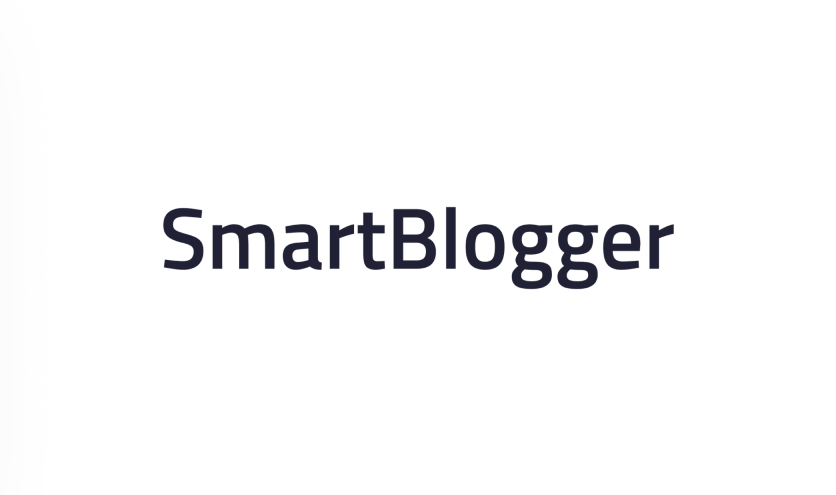Today we're diving into a topic that's becoming increasingly crucial for ecommerce brands - building engaged communities around your brand.
Look… We're constantly talking about email lists and SMS subscribers, but the most successful brands are taking those subscribers and turning them into something much more powerful - true brand communities.
In today's hyper-competitive landscape, having loyal customers isn't enough. The brands that are truly thriving have managed to create passionate communities that drive retention, acquisition, and incredible lifetime value.
And what's fascinating is how email and SMS - channels we talk about all the time - can be the foundation for building these communities. Today we'll share specific strategies to transform your subscriber base into an engaged brand tribe.
DEFINING BRAND COMMUNITIES VS. SUBSCRIBER LISTS
Before we dive into tactics, let's clarify what we mean by "brand community" because I think there's a lot of confusion about this term.
Many brands think they have a community when what they really have is a list of subscribers. There's a fundamental difference.
Key differences between subscriber lists and brand communities:
Subscriber Lists:
One-way communication (brand to customer)
Transaction-focused relationship
Value exchange primarily about products/discounts
Isolated customer experiences
Success measured by conversions/revenue
Brand Communities:
Multi-directional communication (brand-to-customer AND customer-to-customer)
Relationship-focused connection
Value exchange includes identity, belonging, and shared passion
Collective experiences and shared narratives
Success measured by engagement, advocacy, and retention
The multi-directional communication piece is so critical. In a true community, your customers are talking to each other, not just listening to you.
And the emotional component is what really separates communities from lists. Communities tap into identity - people join and stay because the community reinforces how they see themselves or who they aspire to be.
We've seen this executed brilliantly by brands like Peloton, Glossier, and even smaller brands like Beardbrand or Liquid Death. They're not just selling products; they're connecting people around shared identities and passions.
Let's talk about the business impact, because that's what ultimately matters. Communities drive incredible metrics across the board.
Business impact of brand communities:
2-3x higher retention rates
20-40% higher customer lifetime value
Significantly lower customer acquisition costs through referrals
Reduced price sensitivity and higher margins
Built-in product development feedback loops
Natural defense against competitors
And in today's privacy-focused world where third-party data is disappearing, having a thriving community creates an incredible first-party data advantage.
USING EMAIL & SMS AS YOUR COMMUNITY FOUNDATION
The first strategy we want to explore is how to use your existing email and SMS channels as the foundation for community building.
This is so important because many brands think they need fancy platforms or massive social media followings to build community, when they already have the perfect channels right in front of them.
Email and SMS are actually ideal starting points for community because you own these channels completely, they have incredible reach, and they're already part of your customers' daily routines.
Here’s what the Email & SMS Community Building Framework looks like:
Start with segmented conversation starters
Ask questions that invite responses in regular emails
Create simple SMS polls that share aggregated results
Highlight customer stories and invite reactions
Use email replies as a low-friction community entry point
Create content that facilitates identity-building
Develop language and terminology specific to your community
Share customer success stories that reinforce community identity
Create content that helps members recognize each other
Use email/SMS to reinforce "insider" status
Cross-pollinate between channels strategically
Use email to drive SMS sign-ups (and vice versa)
Direct most engaged email subscribers to more interactive channels
Use SMS for time-sensitive community opportunities
Create omnichannel community experiences
What I love about this approach is how accessible it is. You don't need any new technology or platforms to get started - just a willingness to transform your existing communications.
We worked with a sustainable clothing brand that built their entire community through their post-purchase email sequence. They simply asked customers to reply with a photo of their first outfit, then shared those photos (with permission) in future emails. That simple exchange started thousands of conversations.
Another great example is how Outdoorsy uses their weekly email newsletter to highlight customer stories with their RV rentals. They'll include 2-3 customer photos and trip stories in each newsletter, which creates this sense that customers are part of a larger community of adventurers.
The key is shifting from broadcast-style emails to conversation-starter emails. Instead of just announcing your latest products, you're inviting responses and showcasing customer voices.
For SMS, we're seeing brands use simple interactive elements like polls to create community moments. A beverage brand we work with sends out a weekly flavor vote via SMS, shares the results, and then actually produces limited runs of the winning flavors. It creates this sense of collective decision-making.
The beauty of starting with email and SMS is that you can test community concepts with minimal risk. If something doesn't resonate, you can quickly adjust without having invested in expensive platforms.
DESIGNED COMMUNITY ARCHITECTURE
Our second strategy is all about intentional community design. Successful communities don't just happen by accident - they're carefully architected.
Many brands just throw together a Facebook group or Discord server and expect magic to happen, but without intentional design, these spaces often remain ghost towns. Or… they briefly flourish and then fizzle out because there's no sustainable structure in place.
Here’s the Community Design Framework:
Create a clear community identity and purpose
Define what unites your community beyond just your products
Establish core community values and behaviors
Develop a clear "minimum viable community" vision
Align community purpose with both customer and business needs
Establish community roles and leadership
Identify and nurture potential community leaders among customers
Create clear roles for community members as they become more engaged
Develop a progression path from new member to advocate
Train internal team members as community facilitators, not just moderators
Design regular rhythms and rituals
Create daily, weekly, and monthly community touchpoints
Develop signature events that strengthen community bonds
Establish consistent content formats that members look forward to
Use email/SMS to maintain community rhythms across platforms
The rituals piece is particularly powerful. Having predictable, repeating elements gives the community a sense of shared tradition and anticipation.
One of the most successful implementations we've seen is how Running Warehouse created a "Sunday Run Day" ritual. Every Sunday, they send an email prompting customers to share their weekend runs. It's become this community-wide habit that customers actually look forward to.
The roles progression is crucial too. People need to see a path to greater participation and recognition within the community.
A great example is how LEGO built its adult fan community. They created specific programs like LEGO Ideas and Ambassador Network with clear roles, recognition systems, and regular events.
Or on a smaller scale, how Gymshark uses their email list to coordinate synchronized product drops and challenge events that bring their community together at specific moments, creating shared experiences.
The key insight here is that community architecture should be designed before you invest significant resources in building community. Start by defining the identity, roles, and rituals - then implement those elements through your existing channels.
VALUE-BASED COMMUNITY EXCHANGES
Our third strategy focuses on creating the right value exchanges to build community. This is about moving beyond discounts and promotions to offer deeper forms of value.
This is where so many brands go wrong - they try to build community through constant discounts and deals, which attracts deal-seekers rather than true community members.
True communities are built around non-transactional value exchanges that speak to identity, belonging, and growth.
Value-Based Community Framework:
Focus on identity and belonging benefits
Recognition for contributions that reinforces self-image
Access to like-minded people who share values and interests
Status and identity markers within a valued community
Sense of purpose aligned with personal values
Create exclusive access and experiences (not just discounts)
Behind-the-scenes content that deepens brand connection
Early access to information and product developments
Direct access to team members and decision-makers
Member-only events and experiences (virtual or physical)
Facilitate mastery and growth opportunities
Educational content that helps members develop skills
Challenges that push members to grow within their interest area
Mentorship opportunities between experienced and new members
Recognition of progress and achievement within the community
What's powerful about this approach is that these value exchanges actually create stronger emotional bonds than discounts, while preserving your margins.
A perfect example is how Peloton has built their community around achievement and growth rather than discounts. Their entire community structure reinforces identity as an athlete and offers recognition for milestones.
Or how Glossier built their Into The Gloss community around knowledge-sharing and expertise development. They made readers feel like insiders with specialized knowledge, not just customers getting deals.
The email and SMS application here is crucial - you can use these channels to deliver the non-discount value that builds community. Early access emails, behind-the-scenes content, member spotlights - these deliver community value without cutting into margins.
I've seen brands use "community insider" email segments that receive product development updates, polls about future products, and even virtual studio tours. The subscribers feel like partners in the brand's journey rather than just customers.
For SMS, creating exclusive "text subscriber only" experiences can be incredibly powerful. We worked with a skincare brand that does monthly SMS-exclusive masterclasses with their founder. The real-time nature of SMS makes it perfect for these time-bound exclusive moments.
The key is identifying what your specific customer base truly values beyond discounts, and then creating exchanges around those values.
CONCENTRIC CIRCLE COMMUNITY MODEL
Our fourth strategy is implementing a concentric circle model for community growth. This is about building community in layers rather than trying to create one massive group.
This is so important because many brands fall into the trap of thinking bigger is always better when it comes to community size.
But we've seen that engagement quality almost always decreases as community size increases if you don't use a structured approach to growth.
Let’s break down the Concentric Circle Framework:
Identify and nurture a highly engaged core community
Focus on quality engagement with most aligned customers first
Build strong culture and connection patterns with core members
Empower core members as co-creators and culture carriers
Measure success by engagement depth, not just membership size
Create graduated engagement opportunities
Design multiple participation levels requiring different commitment
Build clear pathways for members to move toward deeper engagement
Allow members to self-select their engagement level
Recognize the value of both high-intensity and casual participation
Scale through sub-communities rather than dilution
Create topic-specific or region-specific sub-groups as you grow
Maintain optimal interaction group sizes (typically 150-200 active members)
Connect sub-communities through shared events and representatives
Use email/SMS to coordinate across sub-communities
What I love about this model is that it recognizes that different customers want different levels of community involvement, and creates space for all of them.
Not every customer wants to be deeply involved, but they might still value lighter community connection. The concentric circle approach accommodates this range of engagement preferences.
Rapha Cycling Club does this brilliantly with their "chapters" model. Instead of one massive global community, they have local chapters with their own rides and events, connected through the broader Rapha identity and occasional global challenges.
From an email perspective, segmentation becomes your community scaling tool. As your community grows, your email strategy should evolve from one-to-many broadcasts to highly segmented communications that feel like they're coming from specific sub-communities.
We've seen brands create different email content for different "rings" of their community - from casual members who receive monthly updates to core members who get weekly behind-the-scenes content and exclusive invitations.
This is where behavioral segmentation becomes so powerful. You can identify the engagement patterns that indicate someone is ready to move to a deeper level of community participation, then use email and SMS to invite that transition at exactly the right moment.
For example, tracking which subscribers consistently open and click on community-focused content can help you identify who might be ready for an invitation to your core community activities.
The beauty of this model is that it allows for sustainable growth without diluting what makes your community special. Each new layer adds value without disrupting the existing connections.
INTEGRATED COMMUNITY FUNCTION
Our fifth strategy focuses on integrating community building into your existing marketing operations, rather than treating it as a separate function.
This is a game-changer for brands that think they need to hire a dedicated community team or create a separate department before they can start building community.
The reality is that community building works best when it's woven into your existing marketing efforts, especially your email and SMS programs.
Here’s the Integrated Community Framework:
Start with existing retention channels and expand
Use current email and SMS programs as community foundation
Identify community-building opportunities in existing workflows
Gradually increase community elements in standard communications
Test community concepts before investing in dedicated resources
Transform existing roles to include community components
Evolve email marketing specialists into community facilitators
Train customer service teams in community management principles
Add community development to social media team responsibilities
Create cross-functional community working groups
Measure community impact on existing KPIs
Track how community engagement affects retention metrics
Measure impact on customer lifetime value and purchase frequency
Calculate community's influence on referral and acquisition
Use data to justify gradual resource expansion
This approach makes community building accessible to brands of all sizes, not just those with resources for dedicated community teams.
The email marketing team is often the perfect starting point for community building because they already understand segmentation, customer journeys, and measuring engagement.
We worked with a home fitness brand that started their community building by simply adding a "weekly challenge" section to their regular marketing emails. The email manager spent about 10% of their time on this initiative, but it eventually grew into their most engaged customer segment.
Another approach is starting with your most engaged email segments - the customers who already open and click at high rates - and creating specialized content just for them that encourages interaction. This creates a "seed community" that can grow over time.
One of the most effective implementations we've seen is when brands add a community element to their existing post-purchase sequence. This leverages a touchpoint you're already investing in, but transforms it from a transactional follow-up into a community onboarding experience.
And the measurement piece is crucial. When you can demonstrate how community elements impact your existing KPIs like retention rate and repeat purchase rate, it becomes much easier to justify additional investment in community development.
The key insight here is that community building doesn't have to be a resource-intensive separate initiative. It can start as small tweaks to your existing marketing programs that gradually evolve into a more robust community strategy.
Our final strategy is implementing a full-funnel community approach that leverages community elements throughout the entire customer journey.
This is crucial because many brands make the mistake of thinking about community only in terms of acquisition or only in terms of retention, rather than seeing its potential across the entire customer lifecycle.
But the most successful community-driven brands are using community elements from first touch to loyal customer and beyond.
Here’s the Full-Funnel Community Framework:
Focus first on post-purchase community integration
Design onboarding sequences that introduce community elements
Create "quick win" community experiences early in customer relationship
Use initial purchase moment as primary community entry point
Connect new customers with existing community members
Build retention-focused community programming
Create ongoing education and utilization programs
Develop community rituals that encourage regular engagement
Establish recognition systems for continued participation
Design milestone celebrations that reinforce community belonging
Expand to acquisition only after retention community is strong
Leverage existing community members for authentic acquisition
Create public-facing elements of otherwise private communities
Develop content that highlights community benefits for prospects
Design entry experiences that convert prospects to community members
What I love about this approach is that it recognizes that strong communities typically build from the inside out - starting with existing customers before expanding to acquisition.
Exactly. The strongest acquisition-focused communities are those that first established vibrant connections among existing customers, then leveraged those authentic relationships for growth.
This approach creates what we call the "community flywheel" - where happy customers bring in new prospects, who become happy customers themselves, creating a sustainable growth engine.
Email and SMS are perfect for implementing this full-funnel approach. You can create specific post-purchase sequences that introduce community elements, then use segmentation to deliver more community-oriented content to your most engaged customers.
Once you've built that strong retention community, you can create acquisition-focused campaigns that showcase real community members and experiences to prospects.
One of the most effective implementations we've seen is with brands that view their email list as different concentric circles - with prospects on the outside, new customers as the next layer in, and community members at the center - and design their content to move people inward through those circles.
For example, using testimonials and stories from your community members in your prospect-facing emails helps show the value of joining your brand community, not just buying your products.
SMS can be particularly powerful for creating real-time community moments that span the full funnel - like product drops or special events that bring together prospects, new customers, and community veterans.
The key insight is that community building should follow a deliberate sequence from retention to acquisition, rather than trying to do everything at once or focusing on acquisition first.
CONCLUSION & KEY TAKEAWAYS
As we wrap up, let's summarize the key principles for transforming subscribers into a true brand community.
The most important takeaway is that building community isn't a separate initiative from your email and SMS marketing - it's an evolution of that foundation into something more powerful.
Exactly. You don't need new platforms or a separate team to start building community. You can begin with the channels and people you already have.
Key takeaways:
Start with the channels you already own - especially email and SMS
Design your community architecture intentionally rather than waiting for organic growth
Focus on non-financial value exchanges that build identity and belonging
Build concentric circles of engagement rather than maximizing raw community size
Integrate community functions into your existing marketing team
Focus first on retention before expanding to acquisition through community
And remember that meaningful community-building is a long-term investment. The brands seeing the biggest impact are those that have been consistently nurturing community for years.
That's why starting small and focusing on quality interactions is so important. You're building the foundation for a community that will drive value for years to come.
If you're just getting started, begin by identifying your most engaged email subscribers and creating opportunities for them to connect with each other. That small seed can grow into something incredibly powerful.
And measure the right metrics - don't just track community size, but look at how community participation affects retention, purchase frequency, and lifetime value.
That's how you prove the ROI of your community investments.


